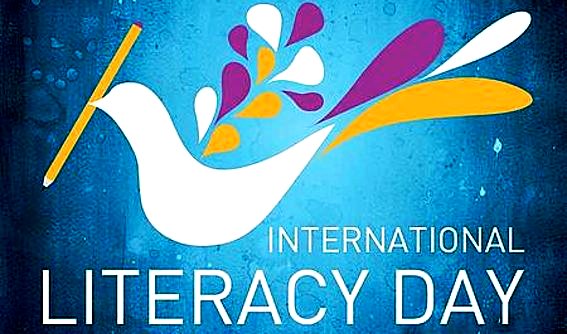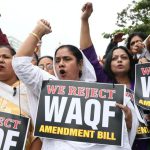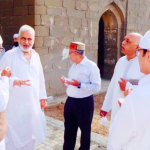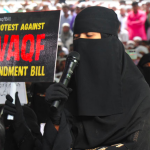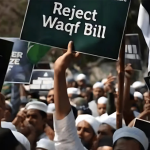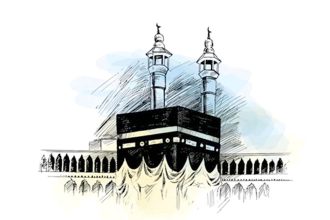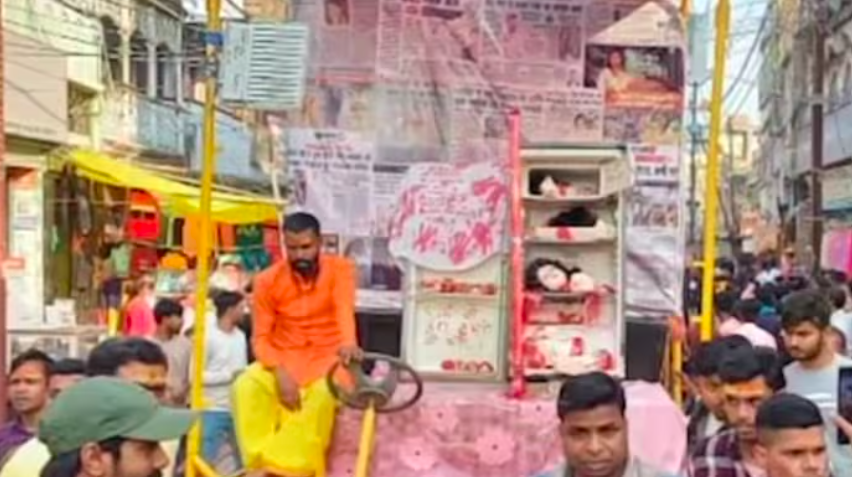BeyondHeadlines News Desk
In 1965, UNESCO proclaimed 8 September as International Literacy Day and the day is celebrated since 1966. Its aim is to highlight the importance of literacy to individuals, communities and societies. As per the 2001 census, Jharkhand with literacy rate of 66.4% is ranked 4th lowest among 35 states and UTs in the country.
1. Introduction
Constitution ensures fundamental right to education for all children of 6 – 14 years (Article 21 A). Right to education is also proclaimed by the Universal Declaration of 1948. Illiteracy endangers the principle of equality and establishes a barrier between two categories of the population by reducing the illiterate to a marginal situation (UNESCO 1968).
2. Literacy in India and Jharkhand
Literacy rate of India increased from 64.8% in 2001 to 73% in 2011 showing an increase of 8.2 percentage points. The literacy rate of India for males and females as per census 2011 is 80.9% and 64.6% respectively. The increase in literacy rate in males and females during 2001-2011 is 5 and 10.5 percentage points respectively. Top literacy rates/UTs are Kerala (94%), Lakshadweep (92%) and Mizoram (91.5%). It is lowest in Bihar (61.8%) followed by Arunachal Pradesh, Rajasthan (66.1%) and Jharkhand (66.4%).
Literacy rate of India & EAG[1] states
|
India/State |
Literacy (%) |
All India rank |
|
|
2001 |
2011 |
||
| India |
64.83 |
73.0 |
|
| Uttarakhand |
72.28 |
78.8 |
17 |
| Orissa |
63.61 |
72.9 |
25 |
| Chhatisgarh |
65.18 |
70.3 |
27 |
| Madhya Pradesh |
64.11 |
69.3 |
28 |
| Uttar Pradesh |
57.36 |
67.7 |
29 |
| Jharkhand |
54.13 |
66.4 |
32 |
| Rajasthan |
61.03 |
66.1 |
33 |
| Bihar |
47.53 |
61.8 |
35 |
Source: Census of India; 2011 data
Literacy rates in Jharkhand improved from about 54.1% in 2001 to about 66.4% in 2011, a jump of 12 percentage points in 10 years compared to an increase of 8 percentage points in the country. The male literacy in the state increased from 67.9% in 2001 to about 76.8% in 2011 and the female literacy to 55.4% from about 39.3% in 2001.
In Jharkhand, the literacy rate is highest in Ranchi (76.1%), followed by East Singhbhum (75.5%), Dhanbad (74.5), Ramgarh (73.2%) and Bokaro (72%). It is lowest in Pakur (48.8%) followed by Sahibganj (52%), Godda (56.4%), Latehar (59.5%) and Chatra (60.2%).
District wise Literacy rate (%) – Below and above the State Average
|
Districts |
Literate% |
|
|
2011 |
2001 |
|
| Ranchi |
76.1 |
64.60 |
| East Singhbhum |
75.5 |
68.80 |
| Dhanbad |
74.5 |
67.00 |
| Ramgarh* |
73.2 |
– |
| Bokaro |
72.0 |
62.10 |
| Hazaribagh |
69.8 |
57.70 |
| Jharkhand |
66.4 |
54.13 |
| Pakur |
48.8 |
30.6 |
| Sahibganj |
52.0 |
37.6 |
| Godda |
56.4 |
43.1 |
| Latehar* |
59.5 |
– |
| Chatra |
60.2 |
43.2 |
Source: Census of India 2011 (*district newly formed in 2001)
The female literacy rate is highest in Ranchi at about 67.4% followed by Purbi Singhbhum (66.8%) and Dhanbad (64.3%). It is lowest in Pakur with 40.5% followed by Sahibganj (43.3%) and Godda (44.1%). Male literacy is highest in Ranchi (84.3%) followed by Purbi Singhbhum (83.8%) and Dhanbad (83.8%). It is lowest in Pakur (57.1%) and preceded by Sahibganj (60.3%) and Godda (67.8%).
District wise Male Female Literacy Rate
| Districts |
Male Literacy % |
Female Literacy % |
| Ranchi |
84.3 |
67.4 |
| Purbi Singhbhum |
83.8 |
66.8 |
| Dhanbad |
83.8 |
64.3 |
| Pakur |
57.1 |
40.5 |
| Jharkhand |
76.8 |
55.4 |
Source: Census of India 2011
3. Literacy among Scheduled tribes & Scheduled Castes in India
- Census 2011 has not released the disaggregated data of ST and SC literacy. As per 2001 census, the literacy rate for Scheduled Castes and Scheduled Tribes was 40.7% and 37.6% compared to SC/ST national average of 54.69% and 47.10% respectively.
- As per census, among ST communities in Jharkhand, the highest literacy rate is among Oraons (52.5%) followed by Munda (47.9%), Ho (39.2%) and Santhal (33.4%).
4. Advantages/benefits of Education
- The average rate of return to an additional year of education is estimated to be around 10% (Psacharopoulos and Patrinos, 2002).
- A one year increase in the average years of schooling of the labour force has been shown to raise output per worker by 5-15% (Topel, 1999).
- A one year increase in the average years of schooling has been shown to be conservatively associated with a rise in per-capita income of 3-6% or a higher growth rate of 1 percentage point (Sianesi and Van Reenen, 2003).
- Education is important as the first five years of life are critical to the development of intelligence, personality and social behaviour. When this process of growth, development and interconnection does not take place adequately, child development is negatively affected (UNESCO, 2004).
- Illiterate persons face greater obstacles in terms of social insertion, not only on a personal level (social inclusion difficulties, precarious work, high rates of disease, etc.), but also within the family (child nutrition, hygiene, health and schooling, among others) and at a societal level (lower productivity, high health care costs).
- Literacy and increased schooling improve productivity and drive economic growth. From an economic perspective, literacy and schooling have been shown to significantly affect individual income (Riveros, 2005).
- Illiterate persons have little awareness of their rights and duties, and may thus be inclined to accept precarious, low-quality employment contracts.
[1] The Empowered Action Group (EAG) state are Bihar, Chhattisgarh, Jharkhand, Madhya Pradesh, Orissa, Rajasthan, Uttar Pradesh and Uttarakhand.

